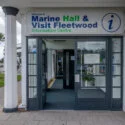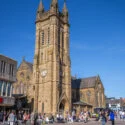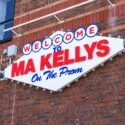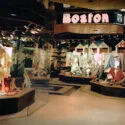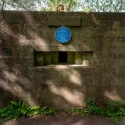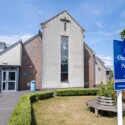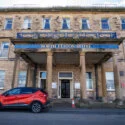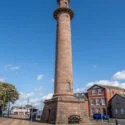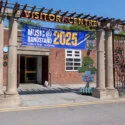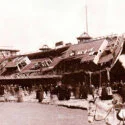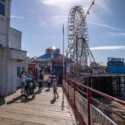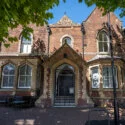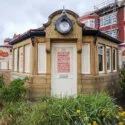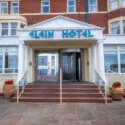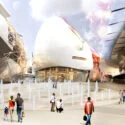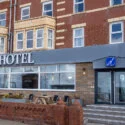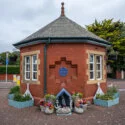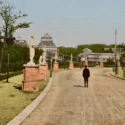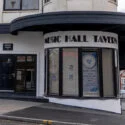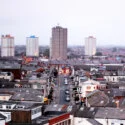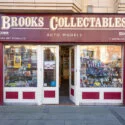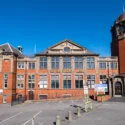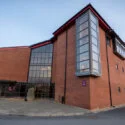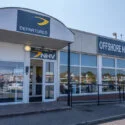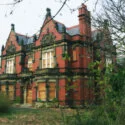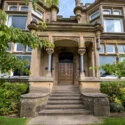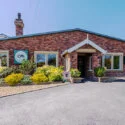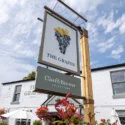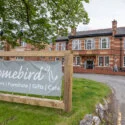
Retailing Giant Richard Lefton Dies at Age 54
Richard Lefton, one of the most well-known figures in Blackpool’s retail sector, passed away in January 2020 at the age of 54. He died at Blackpool Victoria Hospital after being admitted with sepsis, a sudden loss that came as a devastating shock to his family. Richard was born in St Annes in December 1965 and went to Devonshire Road School and Warbreck High School. He went to both schools with Ian Rainford, now a very successful property developer, and remained friends with him until Richard passed. Ian developed the Lefton’s warehouse building on Walker Street in Blackpool as well as the... Read more »

Roy Castle Photo Exclusive!
The following pictures were taken by Marilyn Read in 1988 during a Plumb Centre group tour of Portugal and are being published for the first time on Blackpool Timeline. Whilst these photos weren’t taken in Blackpool, Roy Castle is from Cleveleys and spent a lot of time entertaining in Blackpool, including his world record attempt at Blackpool Tower for Record Breakers, the TV show he hosted since its first airing in 1972. The Tower rope slide event can be seen towards the end of the video (featured below in this post) with many of his career highlights.

